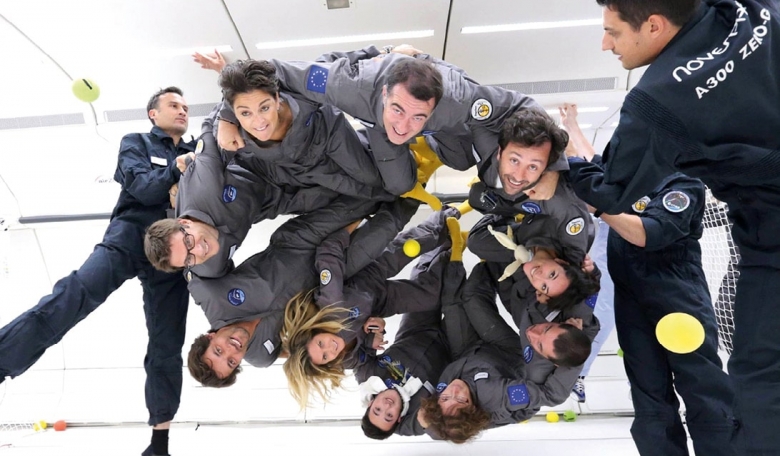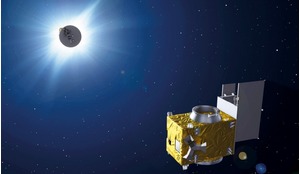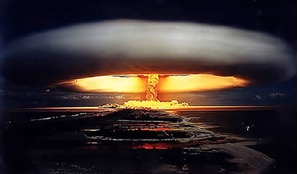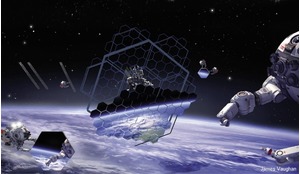Parabolic flight as a way of simulating short-term weightlessness for astronaut training and engineering experiments was first proposed in 1950 by German aerospace engineer Fritz Haber and German physicist Heinz Haber. These days parabolic flight is enabling and advancing microgravity research and allowing scientists, engineers, students and even Hollywood ‘actor-nauts’ to experience that most spectacular aspect of spaceflight: weightlessness.
Parabolic flights provide access to microgravity for a large range of scientific experiments and technological tests. The parabolic manoeuvres, alternating between ascent and descent, create short-term conditions that are as close as possible to weightlessness within the troposphere itself, creating an airborne laboratory. During the reduced gravity phases, researchers flying onboard the aircraft can interact with their experiments and collect data in conditions that would be impossible to simulate on Earth at a cost much lower than that of a space station, where scientific experiments are carried out by astronauts in a constant state of microgravity.
More recently, flights allowing non-professionals to experience one of the characteristics of the astronaut’s experience during spaceflight – weightlessness – have become available around the world. During the reduced gravity phases, objects and persons on board no longer experience gravity and can float freely in the aircraft cabin for 20 to 23 seconds.














